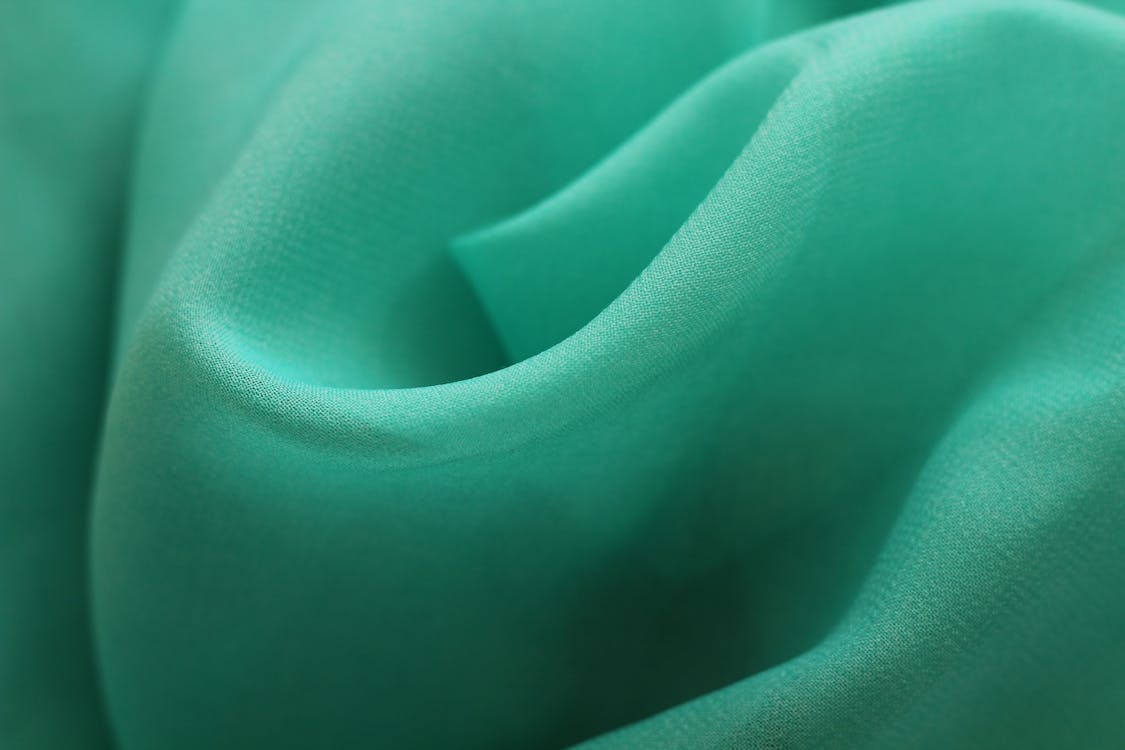
FAQ About Differences in Polyester
Differences in Polyester
2 years ago | gizem
How is polyester made?
Polyester is made through a process called polymerization, which involves the chemical reaction of monomers to form long chains of polymers. The most common method used to produce polyester is known as polycondensation, specifically a reaction called esterification.
Here is a simplified overview of the process:
- Monomer Preparation: The two main components used in polyester production are a diacid (such as terephthalic acid) and a diol (such as ethylene glycol). These compounds undergo separate chemical processes to prepare them for polymerization.
- Esterification: The prepared diacid and diol are combined in a reactor vessel under specific conditions, including controlled temperature and the presence of a catalyst. This catalyst promotes the esterification reaction, where the acid and alcohol groups of the monomers combine, resulting in the formation of ester linkages.
- Polymerization: The esterification reaction produces a polymer known as a prepolymer. This prepolymer is then further processed in a second reactor, where additional monomers are added to continue the polymerization. This step increases the molecular weight and length of the polymer chains.
- Solidification: The resulting polyester polymer is in a molten form after polymerization. It is then cooled and solidified into various forms, depending on its intended use. It can be transformed into fibers through a spinning process or melted and molded into desired shapes.
- Finishing: After solidification, the polyester undergoes various finishing processes to enhance its properties. These may include heat setting, dyeing, printing, and application of chemical treatments for specific characteristics such as wrinkle resistance or moisture-wicking.
